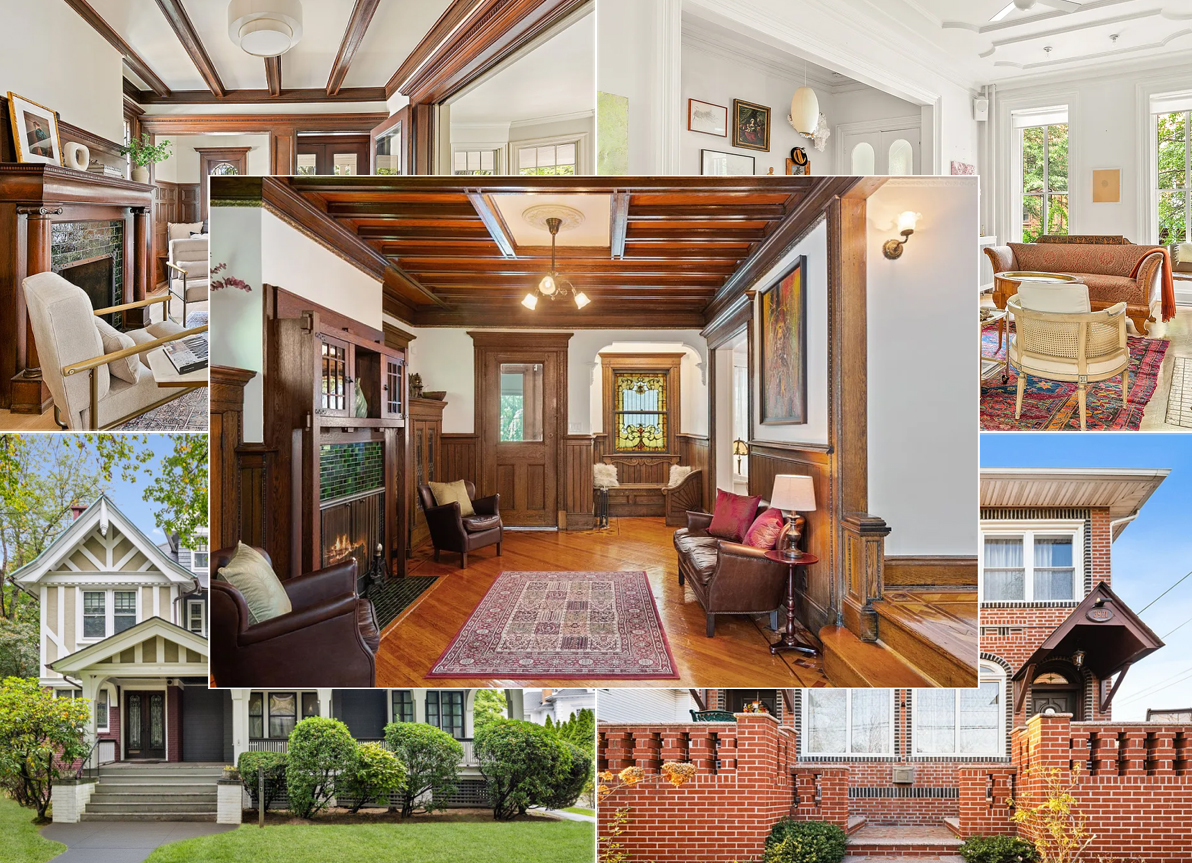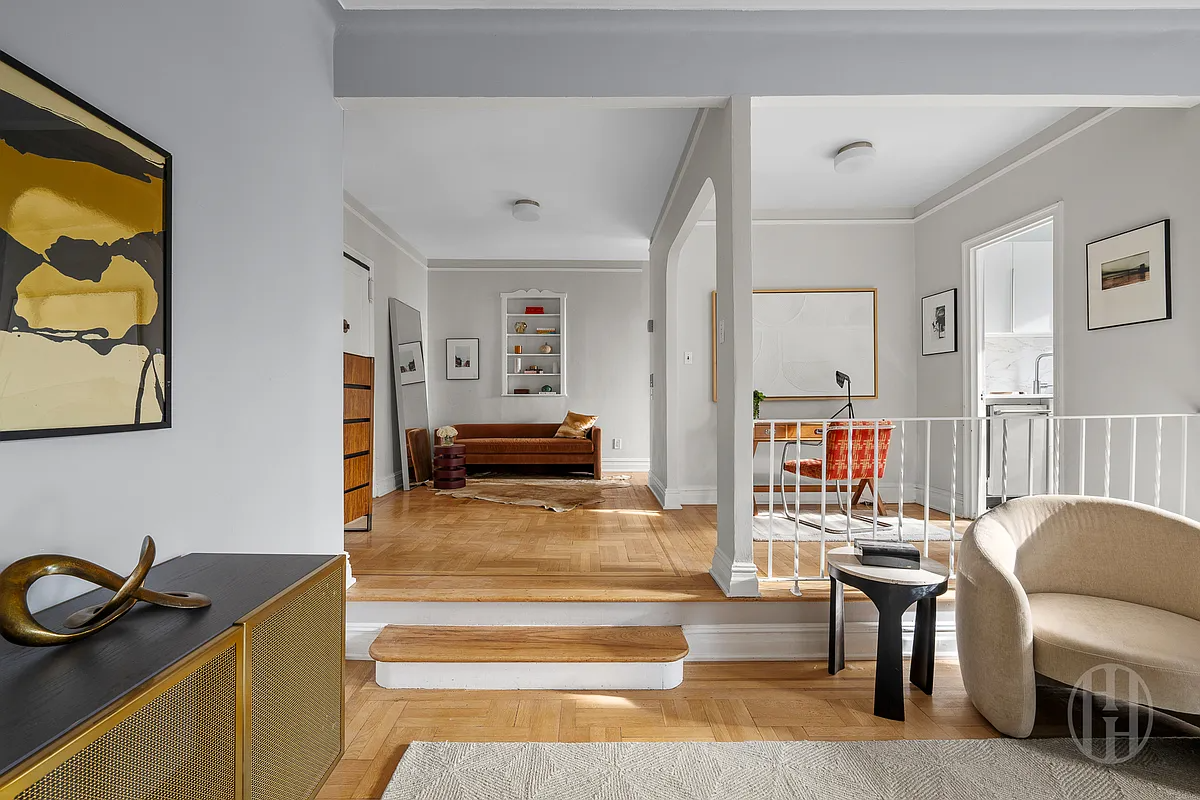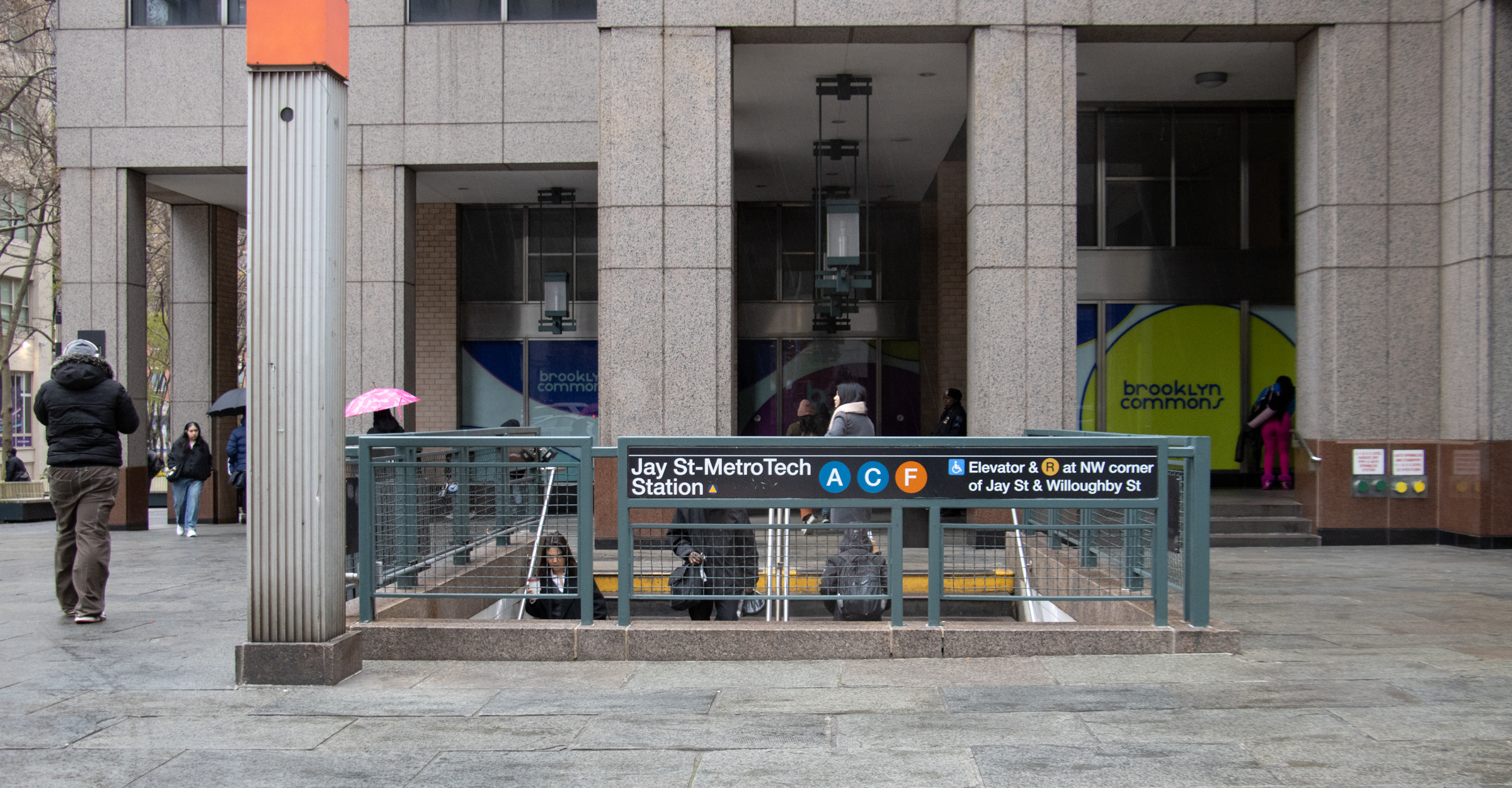Admiral's Row: Up Close and Personal
Over the weekend, Gothamist’s Jake Dobkin photographed the interior of the Admiral’s Row houses inside the Brooklyn Navy Yard. The shots are incredible so we encourage you to click on each one above to see the full-size version. We also thought the commentary he provided on his personal site, Bluejake, was worth repeating here: I…







Over the weekend, Gothamist’s Jake Dobkin photographed the interior of the Admiral’s Row houses inside the Brooklyn Navy Yard. The shots are incredible so we encourage you to click on each one above to see the full-size version. We also thought the commentary he provided on his personal site, Bluejake, was worth repeating here:
I was surprised how messed up these buildings were on the inside. The rear ends of many of the houses had collapsed, leaving a tangled mess of wood. Interior staircases were hanging a few feet off vertical, and large holes dotted many of the floors. Almost all of the windows were open or blown out, and the wind and rain had taken off most of the paint on the inside walls. Still– some romantic details were still extant– dozens of fireplaces and cedar-lined closets, handsome plaster work and ornamental detailing, and one enormous, empty ballroom. It’d be a shame if we let these buildings get demolished. I know the neighborhood needs a supermarket and more jobs, but there’s got to be a way to bring that stuff without destroying the past.
There’s also a related post on Gothamist from Monday. Incredible. Wish we could take photos like these.
Admiral’s Row Photos [Bluejake]
Inside Admiral’s Row [Gothamist]
Admiral’s Row Archives [Brownstoner]





“I also think that the preservation movement abuses the word “historical”.”
No kidding….they way it’s used here, the term is actually “historic.”
I’d have to agree with Benson(except for the Robert Moses part). I don’t think we can save every “historic” building. Choices have to be made. I’m not sure if it’s a one-or-the-other situation, but I imagine a supermarket and re-built public housing are, right now, more important for this area. I would like to see preservation at the Navy Yard for the reasons Montrose stated, but I’m not sure these homes MUST be saved to accomplish that. As Benson says, the most historic MARITIME elements are the drydocks. I don’t think anyone would deny that this isolated area could use some basic services and amenities.
architerrorist- don’t you think the damage is already done? Those houses have been open to the elements for years- the lead dust and asbestos have long been in the air and on the ground outside. Of course I’m not saying there is a toxis soup out there, but it seems to me if we were so worried about lead paint and asbestos, judging by the condition of the buildings we’re a little late.
benson- I feel like I’ve come over to the dark side. But my comment about unions adding to expenses is neither a conservative or a liberal stance. it’s a fact and in the main I think is a need for unions, but I also think they have gotten out of hand. Then again, so have CEO’s, and Wall St. and the Republican party 🙂
MM:
“fiscal circling of the bowl”
priceless.
“MM – not to take any side on this (I’ve already stated my positions in the myriad other postings on this issue), but I do want to clarify about the lead and asbestos. I don’t think anyone was trying to imply that the lead and or asbestos problem couldn’t be fixed. The only thing to keep in mind is that it would be extremely expensive to do so – possibly even prohibitively expensive. And “sensible precautions” is a nice idea – but in the real world there are actually very specific guidelines that people will have to follow – this an extremely regulated area for obvious and correct reasons.”
Thank you Make My Heights P Heights – this was my point. I am all for restoration (as I said) – but a high profile project like this will have to adhere to strict regulations, and I am hoping the cost will not contribute to a death knell.
MM – overall I love your posts and agree with you 90 percent. But lead paint and asbestos (despite being all over Brooklyn – in places most home owners wouldn’t even guess)are dangers. I have renovated according to code (I have small children) and it doubles the cost of a project.
PHeights and Benson, I’m just a middle-aged lady living in a “fringe” neighborhood, with cats. I’m on my way out to get some supplies, so I can come back home, and make some money. So here is my last rejoinder until I come back, at which time I will be more than happy to continue.
Re:lead paint removal. As a building owner, I know lead paint can be dangerous. But look at these places. Some walls are down to the studs, most ceilings are toast, and many, if not all, walls will have to be totally replastered in any renovation. Will cleaning up the lead paint, in the course of cleaning up everything else, really be more expensive than in any other gut renovation? It should be easier, the stuff is water logged, therefore not flying around as particulate. I defer to experts on this, but just saying…..
As to the rest, what do you mean by contradictory goals? And how are they inherently liberal or conservative? My broad goal, as stated in three years of posting on the Yard, has been a desire to preserve at least some of the Row. Open one or more of the buildings as a museum/exhibit space, repurpose the other saved buildings as non-profit spaces, retail, or office/business space. Build the supermarket and parking lot adjacent to the Row, using the land where the most damaged houses once stood, if feasible, but certainly allowing both commerce and history
to co-exist. I’ve been told countless times that this is impossible, I refuse to believe it. I am a very stubborn person.
I don’t see any contradictions, here. This could have been done 10 years ago, 5 years ago, even 2 years ago. That we are in a fiscal circling of the bowl will no doubt, make it that much harder, and so I don’t see anything at all happening. At the very least, at the most minimal costs possible, the houses that can be feasibly saved, and from these photos, the house with the ballroom, as well as several others could be, need to be identified. Then basic steps need to be taken to prevent further damage from occuring, in the form of boarding up windows and putting tarps over roofs before snow and rain damage them further.
Every year we chat about it and do nothing,is another year’s worth of water damage, and soon enough, they will collapse under their weight. Then people will say, “See, we told you they were too far gone.” Problem solved. That is not right. That should not be the fate of these houses. That is preventable.
Polemecist;
Welcome back. I’m handing the baton to you in this thread, as I’m busy the rest of the day.
benson- I’ve been SAVED!! 🙂
benson: rockin’
“How about unions? How about the cost of supplies. How about taxes and fees up the wazoo? And on everything?”
Bxgrl;
No argument there!! These also add to the costs.
Welcome to the conservative side of the house. You’ve seen the light!!
😉